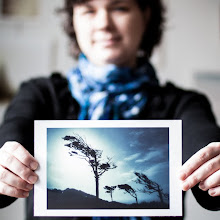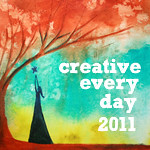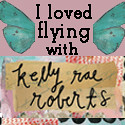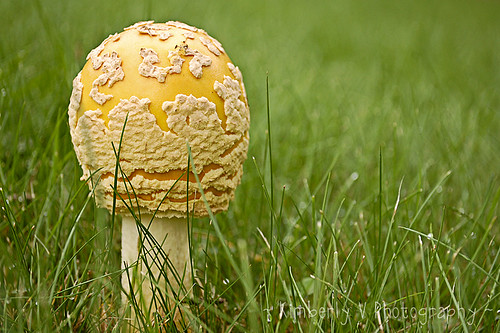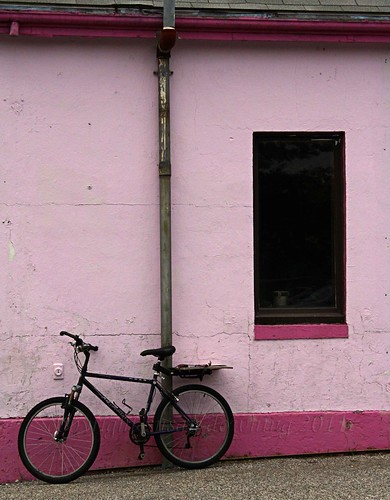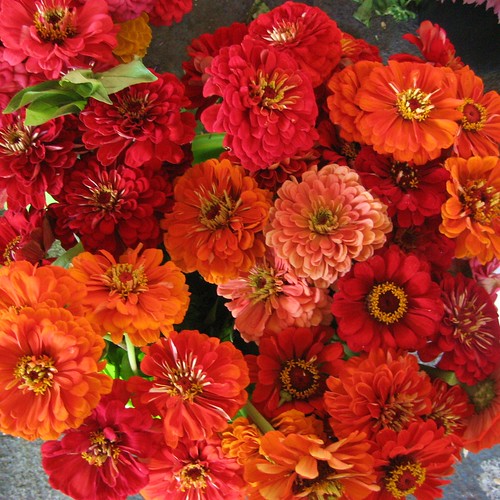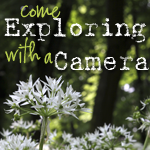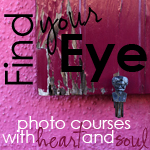It is easy to forget this, as we look at the results of a cycle. In harvest time, we may see the results of the farmer's efforts in the piles of fruits and vegetables in the market, but we don't see all of the time and energy spent to get there. Preparing the soil, sowing the seeds, tending the growth, picking the fruit - all happen outside of our realm of vision. We only see the end result, the tomatoes sitting on the table, ready to eat.
Creativity is like this too. I am revisiting my concept of the Spiral of Creativity lately. I have had to remind myself that creativity is a cycle. I remind myself that creating something new and launching it into the world is not as easy as the end result would suggest. Shiny, delicious tomatoes don't just end up on tables without a lot of someone's time, spent in the dirt. That time in the dirt is when you "go dark" to the outside world. The time of the spiral where you are acting on and finishing an idea, doing something to make it real. No one else can see the effort you are putting in, to get things launched. They will only see the final result. It may look like nothing is going on for a while, as you create something new, even to you.
It is so much easier to be in the starting phases of the spiral, absorbing, processing and practicing. It's fun, and takes less time and energy to keep things moving. You can have multiple things going at once. My recent experience suggests it takes a lot less energy to jot down a few ideas about what you would like in a website, than to clearly articulate the details to a web designer. It takes less energy to sketch out layouts and envision them in your mind than it does to populate something real.
When a project is in the "finishing" phase of the spiral, there may not be much energy for anything else. All focus narrows to that one item that needs to be launched into the world. I was reminded of this fact on Tuesday, when I had no words to write here. I had images, lovely images, but no words would come. The creative energy I use for writing on my blog was being used in other ways.
For a short while I thought something was wrong, until I remembered how all things cycle, including creativity. Until I remembered the spiral and how I'm nearing the launching edge with my new website and new classes. At least this time in the spiral, I've been through the process before. The first time, as I was creating Find Your Eye, the final parts of the spiral were hard because I hadn't completed a full cycle before. Now I know how wonderful it is to launch something new and real into the world. All of the time and energy is worth it.
Whether it's vegetables or classes or websites or art, I'm reminded the Spiral of Creativity applies. You can't bring something new into the world without an expenditure of time and energy. You don't get those delicious tomatoes without some digging in the dirt.
- This weekend is the Scott Kelby Worldwide Photowalk. Are you participating? I am!
- Don't miss out on this great, free source of inspiration: World's Biggest Summit. It starts tomorrow, and I'm a sponsor - yay!
- The current Exploring with a Camera theme is The Color Wheel: Part 2. Check out the post and join in the exploration.
- Registration is open for Digital Photography Basics! Class starts October 16. Visit here for the details.
- Want to know what's going on in the studio? You can subscribe to the Kat Eye News to stay up-to-date on all the happenings.

